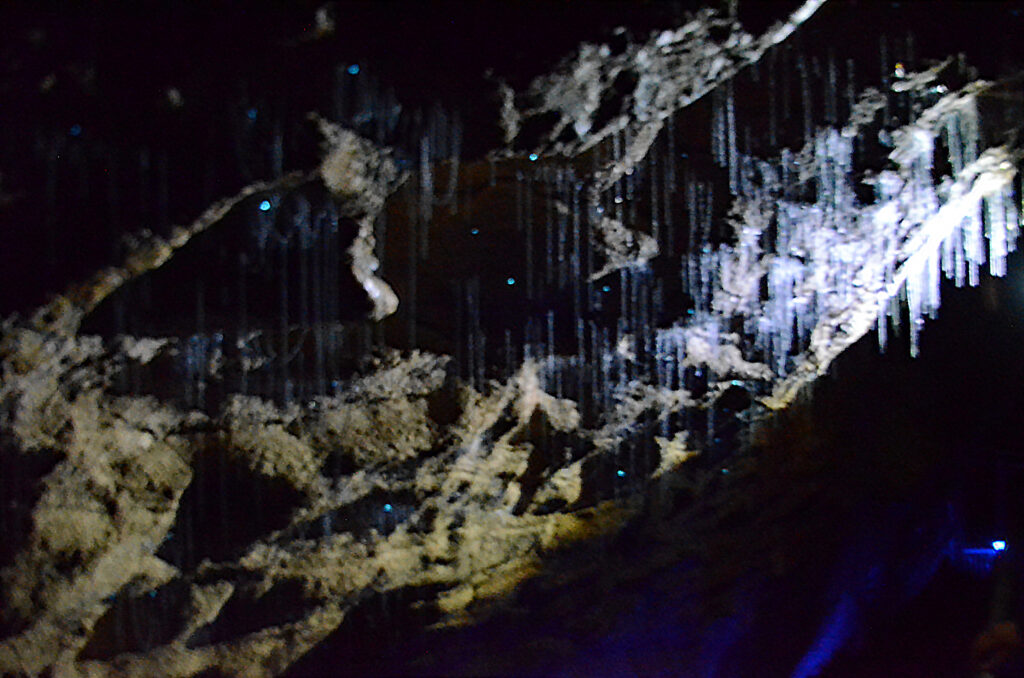Newly discovered 140-million-year-old tracks rewrite the history of African dinosaurs and reveal how earthquakes preserved their footsteps.
A Coastal Walk Frozen in Time
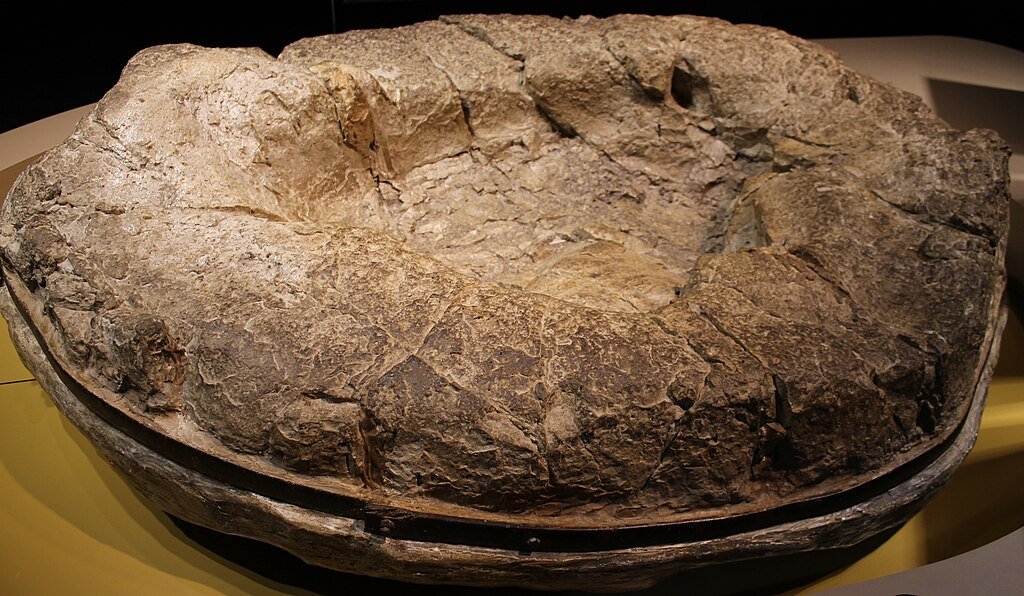
Along South Africa’s Robberg Peninsula, a geological detective story has unfolded. What were once thought to be earthquake cracks in ancient estuary rocks are now recognized as:
- Sauropod footprints up to 1 meter wide
- Three-toed theropod tracks from bipedal predators
- “Dinoturbation” sediment chaos caused by dinosaur movement
“We’re seeing the literal footsteps of giants who walked between Africa and South America when the continents were divorcing,” says lead author Dr. Tony Plint (Western University).
The Earthquake-Dinosaur Tango
The Robberg Formation’s deformed rocks posed a riddle: were the disturbances caused by tectonics or titans? Key distinctions emerged:
| Seismic Structures | Dinosaur Traces |
| Sand dikes from liquefaction | Bowl-shaped depressions |
| Uniform microfaults | Isolated, asymmetrical folds |
| Widespread disruption | Localized “footprint bombs” |
Smoking gun: Some layers show dino tracks cross-cutting earthquake cracks proving they walked through active rift valleys.
Sauropod “Undertracks”: Ghosts of Giants
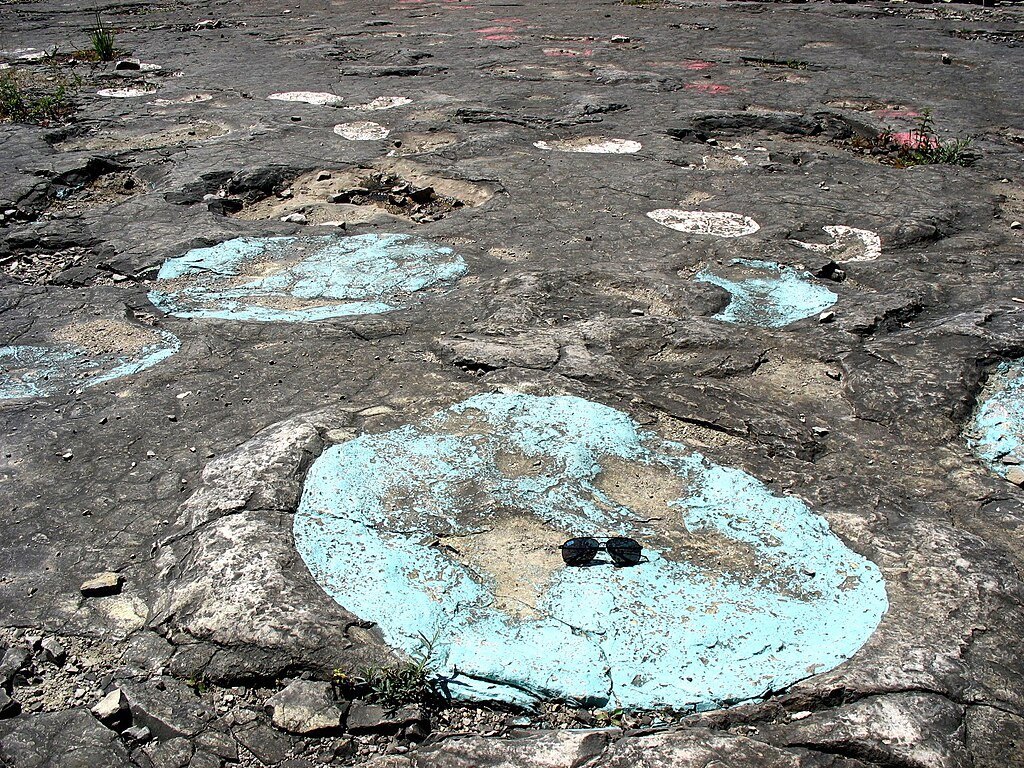
The largest traces aren’t surface prints but transmitted undertracks:
- A sauropod steps on tidal flat sand
- Pressure deforms underlying siltstone 50cm below
- Currents later wash away the top layer, leaving only the “echo”
“It’s like finding a fossilized shadow,” notes co-author Dr. Jan De Vynck.
Theropods in the Shallows
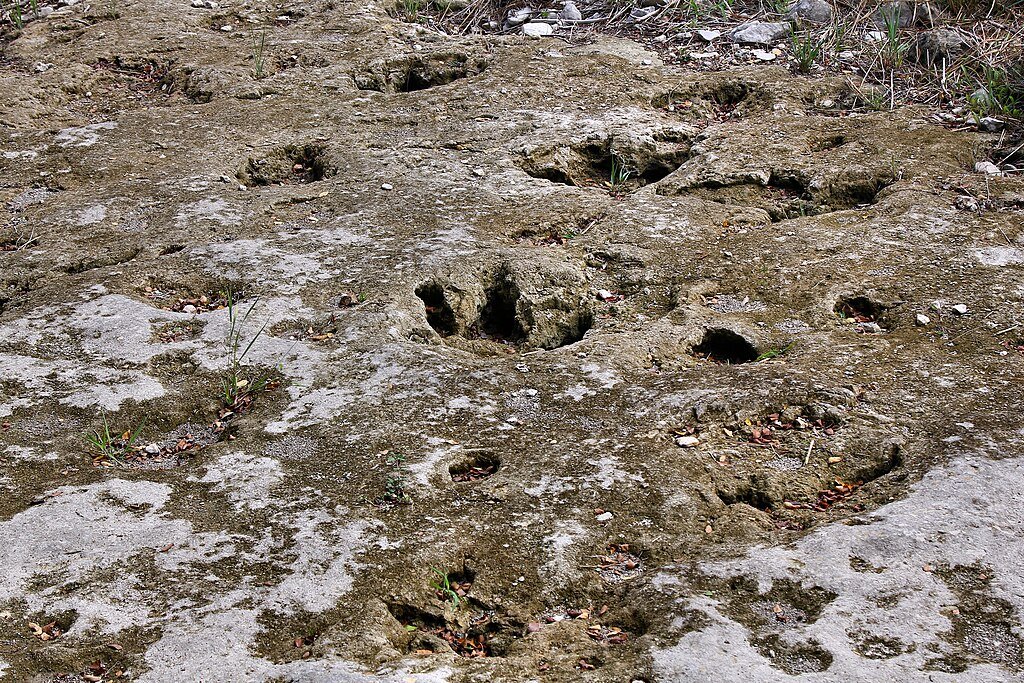
Rarer three-toed prints show that predators prowled the estuaries:
- Possible trackmakers: Early carcharodontosaurs or allosauroids
- Behavior clue: Tracks face multiple directions evidence of scavenging or aquatic hunting
- Irony: The same earthquakes that threatened dinosaurs preserved their tracks via rapid burial
A Continental Breakup Diary
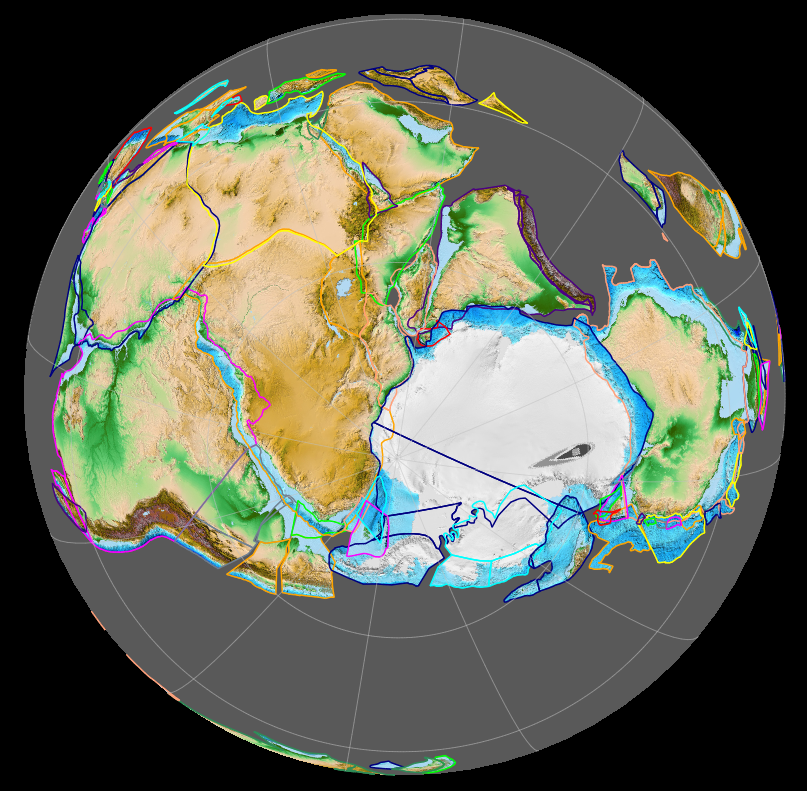
The tracks date to 140–130 million years ago, capturing a pivotal moment when:
- Africa and South America began separating
- New estuaries formed along rift valleys
- Dinosaurs exploited emerging ecosystems
Context: These are the only known Early Cretaceous dinosaur traces between Tanzania (older) and Argentina (younger).
Why This Discovery Rewrites History
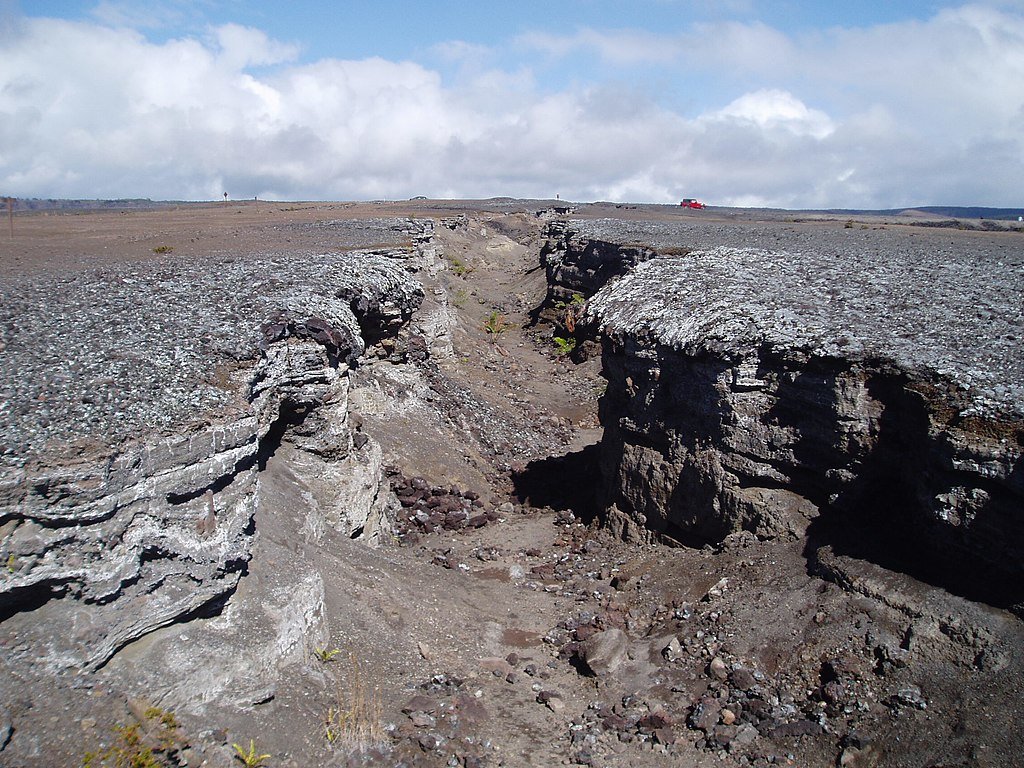
- Southern Africa wasn’t a dinosaur “backwater” as previously assumed
- Sauropods thrived in coastal environments not just inland
- Tectonic activity boosted fossil preservation in rift zones
“Every footprint is a time machine,” reflects Plint. “We’re watching the last African dinosaurs before the continent went solo.”
Sources:

Suhail Ahmed is a passionate digital professional and nature enthusiast with over 8 years of experience in content strategy, SEO, web development, and digital operations. Alongside his freelance journey, Suhail actively contributes to nature and wildlife platforms like Discover Wildlife, where he channels his curiosity for the planet into engaging, educational storytelling.
With a strong background in managing digital ecosystems — from ecommerce stores and WordPress websites to social media and automation — Suhail merges technical precision with creative insight. His content reflects a rare balance: SEO-friendly yet deeply human, data-informed yet emotionally resonant.
Driven by a love for discovery and storytelling, Suhail believes in using digital platforms to amplify causes that matter — especially those protecting Earth’s biodiversity and inspiring sustainable living. Whether he’s managing online projects or crafting wildlife content, his goal remains the same: to inform, inspire, and leave a positive digital footprint.


